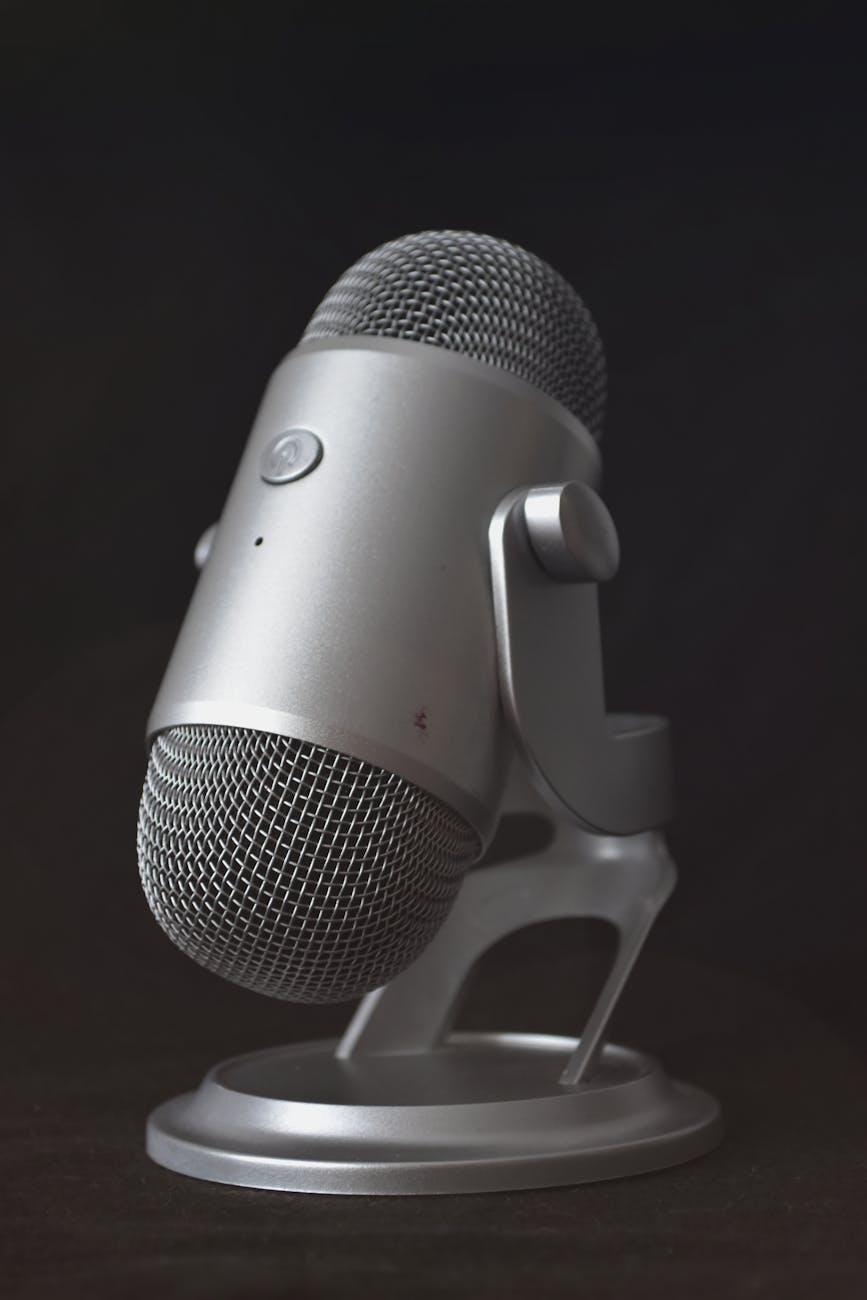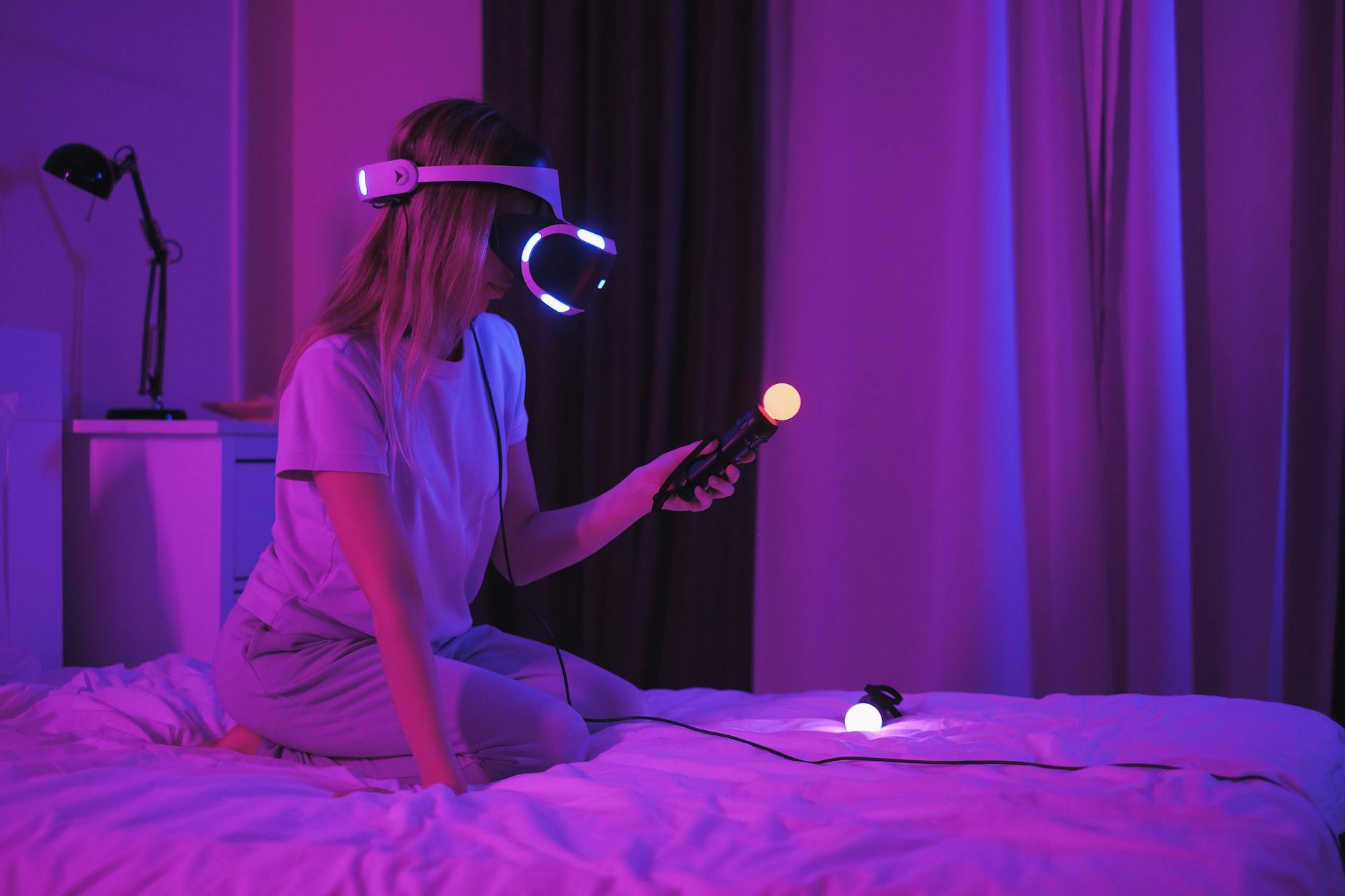Time now to update how my personal workflow is operating. The big changes are that DxO went into receivership. Not much data on what is happening, but some speculation that it is because of their hardware business. They did spin off DxOMark, so that’s another indication they wanted some protection. I actually don’t know how good DxOMark is, but most reviews are not that useful.
This means that I’ve thought about trying Capture One as an alternative. On the other hand, the newly renamed DxO PhotoLab has gotten some good previews. They basically integrated some of the editing tools from their acquisition of Nix Software. They also last time around debundled (that is increased the pricing by taking out ViewPoint which does the perspective correction). That is too bad, I really liked and used that feature. So they took away ViewPoint but added the UPoint editing software.
The second change is that I had a good conversation with the folks form Mylio (thanks Rob and great to see you again David). This is free software that does digital asset management and has a kind of cool calendar view. I’ll report back on this later.
The Goals of the Workflow
The final change isn’t really a change, but it is a reaffirmation that the flow works pretty well. It has many manual steps
Inputs. but it essentially takes input from three sources: a) iPhone photos and videos, b) Canon 5D Mark II RAW photos and c) scanned 35mm and d) pages from a Minolta DiMage 5400i and a Epson Perfection 3200.
Outputs. The output is a) video and photo sharing to iPhone and Android devices and b) large format photos on an Canon Pro9000, this has been the biggest change, the focus is not on website output or anything other than mobile. Most folks just are not using anything else these days.
Processing. I do not try to apply lots of filter, the main thing are to get the exposure right and to crop the images to get rid of extraneous stuff. For some photos, I do try to do photo stitching and HDR, but this is way less common these days. I do need to experiment with Luminar because I’ve been using an open source stitcher and it is pretty creaky. I also haven’t done a 35mm HDR in a long time, I find that it really generates artifacts and looks unnatural at least to my eye.
Archive. Having a reliable storage that is local and prevents bit rot and also that has cloud storage. This is perhaps the most important long term goal. That the photos and videos should be location and time tracked with face recognition as well. One of the big changes here has been to add storage in iCloud since that is a good source for our home iPhone devices.
The Workflow Input
Ok, so how does it all work. The first is to get the workflow into the right place. So the three parts are handled separately.
iPhone Input. The nice thing about this flow is that you can just take pictures as long as you want. We pay $10/month for 2TB of iPhone Cloud storage. This is more than enough for all the JPEG and compressed HEIC output. Most of our input. Probably 90% is iPhone based now, so we get automatic backup. Every month or so, comes the process of exporting the iPhone in “original format”. This produces HEIC files and go into the /jpg directory sorted by year, month and date. They are automatically location aware so no further processing is needed. I do know I need to change the name from /jpg to something else, but it’s reasonably clear now.
DSLR Input. Because the Canon does not produce GPS information and dates are not always accurate, this is a bit involved. The RAW input is copied to a Mac and then I run DxO on it. With Dxo 11, I’ve found the “Smart Lighting” option actually works well as a default. Also lens distortion is turned on. DxO is also fast enough that I can “remove” images quickly and just get to a useful set. I use the rough rule of thumb that I want to produce 36 good images per day. That is about a roll of old 35mm film. I find that anything more than this and people won’t look at the images no matter how good.
Then I do the cropping here and make sure each image looks good. I normally favor leaving the crop at “original” because 4:3 is a good aspect. This is also where I use ViewPoint if I’m taking a picture of a door and there is parallax error.
Then put these images into Lightroom, I import them mainly for the “Map” module this is also the place where in “Library” you can “Edit Metadata” and fix the date and time stamps. Because these are manually set on the 2008 circa camera, I often get these wrong. I then choose “Save Metadata” which produces a bunch of .XMP sidecars files. One of the cool things about DXO is that it knows how to read these sidecars and adds the time and location information to the JPEGS that it creates.
Finally, I’m back to DxO to do the export to JPEG. I normally export these quite fat at 97 quality. In the modern era, the image size is way less of an issue.
Scanner Input. Through the years, vuescan has continued to be my goto scanner software. For some time last year, it was really unstable with Sierra, but High Sierra seems pretty good now. The main settings are the same, scan every 35mm three times, set it for multi exposure to get different lighting and normally I do scan at 5400 dpi even through for most point and shoot old stuff, 2700 dpi is more than enough. The 5400 dpi is the native resolution of the DiImage and since I’m only ever scanning once and do it overnight, it doesn’t seem to matter that much anymore. The output I set to 16-bit TIFF because I want to get full latitude, this results in 200MB TIFF files per scan, but the number of images I have is really small. Probably less than 2K and since I’m archiving, it seems smart to product them this way.
Once they are in, I use Lightroom to put the location and time information on the TIFFS. And then use DxO to produce JPEGs.
Sharing
OK now that the photos are in the right place, I take two steps to do sharing. The first is because 75% of the shares are going to iPhones, so the first step is to import all the JPEGS back into Mac Photos. Photos is smart enough not to copy things that are already there, so the iPhone photos don’t get copied twice, but the scanned images and so forth do. One thing I do is to “Import keeping directory structure” this puts all the photos into their proper location in case I did get the dates wrong.
Now we let iCloud Photo Library do it’s magic, all the photos are backed up and also replicated to all the machines and iPhones that I have. Then when I want to share with someone I just put it into a iCloud Photo Sharing library. There is a terrible limit here in that it is only 4MP photos and you can only have 200 albums. Moreover, the albums are not sorted in anyway, but it does work quickly an efficiently.
Then for Android users, I have a copy of Google Photos. I make sure to not choose to have Google import the photos. the reason is that Google’s terms of use let’s them do anything with photos that you stick up there. Instead, I only created Shared Albums that I want. this causes some duplication because I have to manually keep the Android albums and the Apple ones in sync, but it works because I have relatively few Android users.
Archiving
Bit Rot Still a Problem. OK now that sharing is out the way, how do I prevent bit rot? Right now I have 51K photos and videos and about 1% have bit rotted. They are mainly JPEGs that have lost a bit or two from 10-15 years ago. I have not found a way to add error correction to JPEGs, so the solution has got to be more reliable storage. There is no easy tool to figure out which JPEGS are corrupted that’s also on the list, so the solution right now.
Three Location Backup Strategy. I have a few backup strategies, the first is that iCloud Photo Library is obviously a backup. The core store is a Synology DS-2413+ which is right now running SHR2 with six drives. This is automatically encrypted and backed up to a Google Drive. Right now we have unlimited Google Drive storage and the trickle of new updates does not trigger that awful Comcast transfer cap.
Then for local backup, these go to a DroboPro that is run on a MacBook. My friend Vlad pointed out that you do not want to use the same technology for backups so you don’t have cascading failures which is the backups occur to Drobo, Synology and Google Drive.





